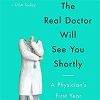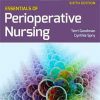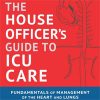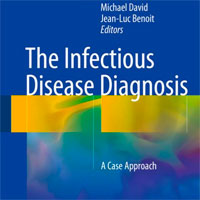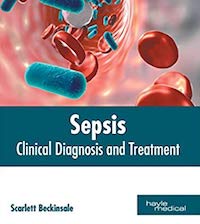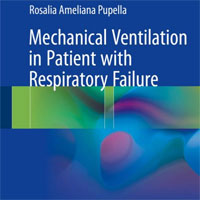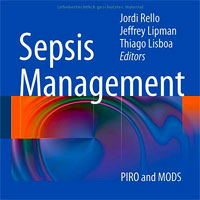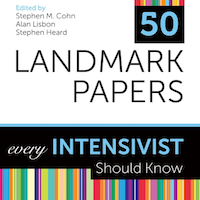10 Scientific Reasons in Support of Airborne SARS-CoV-2 Transmission
thelancet.com
Heneghan and colleagues’ systematic review, funded by WHO, published in March, 2021, as a preprint, states: “The lack of recoverable viral culture samples of SARS-CoV-2 prevents firm conclusions to be drawn about airborne transmission”. This conclusion, and the wide circulation of the review’s findings, is concerning because of the public health implications.
If an infectious virus spreads predominantly through large respiratory droplets that fall quickly, the key control measures are reducing direct contact, cleaning surfaces, physical barriers, physical distancing, use of masks within droplet distance, respiratory hygiene, and wearing high-grade protection only for so-called aerosol-generating health-care procedures.
Such policies need not distinguish between indoors and outdoors, since a gravity-driven mechanism for transmission would be similar for both settings.
But if an infectious virus is mainly airborne, an individual could potentially be infected when they inhale aerosols produced when an infected person exhales, speaks, shouts, sings, sneezes, or coughs.
Reducing airborne transmission of virus requires measures to avoid inhalation of infectious aerosols, including ventilation, air filtration, reducing crowding and time spent indoors, use of masks whenever indoors, attention to mask quality and fit, and higher-grade protection for health-care staff and front-line workers.
Airborne transmission of respiratory viruses is difficult to demonstrate directly.
Mixed findings from studies that seek to detect viable pathogen in air are therefore insufficient grounds for concluding that a pathogen is not airborne if the totality of scientific evidence indicates otherwise.





